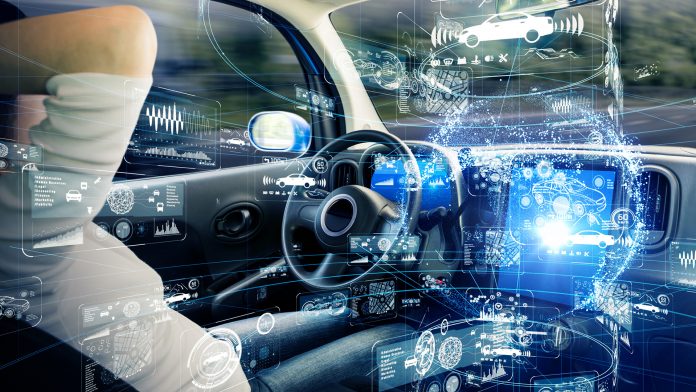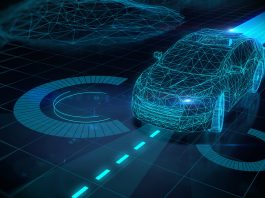Studies carried out at the University of Tokyo have found that robotic eyes on autonomous vehicles could lead to fewer vehicle-pedestrian collisions.
Participants were asked to examine scenarios through virtual reality (VR), deciding whether they should cross a road in front of moving vehicles or not.
The results of the research showed that participants made safer choices when crossing in front of a vehicle fitted with eyes. The conclusions were based on robotic eyes that both registered the presence of the pedestrian and eyes that looked away from them.
Are we looking at a future of autonomous vehicles?
While autonomous vehicles currently make up a small portion of the transport industry, they are predicted to have a significant impact on future technology.
Experts forecast that self-driving vehicles will deliver our packages, plough fields, and even drive our children to school in years to come. Once a futuristic idea, these vehicles are fast becoming a reality.
However, the researchers recognised a missing link between autonomous vehicles and pedestrians. A key difference of self-driving cars is that drivers become more like passengers, sometimes not paying attention to the road, so pedestrians are unable to tell whether drivers have registered their presence.
Less concentration from drivers of autonomous vehicles presents the issue of more fatal accidents, so researchers sought to discover how pedestrians could be made aware that the vehicle has seen them and is intending to stop.
The role of robotic eyes in ensuring pedestrian safety
The researchers fitted a self-driving golf cart with remote-controlled eyes to test if putting moving eyes on a car would increase the chance of people behaving ‘riskily’. In this case, they wanted to know if people would still cross the road in front of a moving vehicle while in a hurry.
Four scenarios were tested, with two autonomous vehicles fitted with eyes and two without. The scenarios were recorded with 360-degree video cameras and the participants played through them in VR.
Participants were able to experience the scenarios multiple times, getting three seconds to decide whether to cross the road or not. Their choices and error rates of their decisions were recorded to determine how the eyes impacted their choices.
Chia-Ming Chang, project lecturer at the University of Tokyo, said: “The results suggested a clear difference between genders, which was very surprising and unexpected.
“In this study, the male participants made many dangerous road-crossing decisions, but these errors were reduced by the cart’s eye gaze.
“On the other hand, the female participants made more inefficient decisions and these errors were reduced by the cart’s eye gaze,” he explained.
While robotic eyes on autonomous vehicles were found to have resulted in a smoother and safer pedestrian experience across all genders, participants had mixed reviews on how the eyes made them feel.
Some described the eyes as ‘cute’, while others thought they were ‘creepy’ or ‘scary’. Professor Takeo Igarashi, from the Graduate School of Information, Science and Technology explained: “We focused on the movement of the eyes but did not pay too much attention to their visual design in this particular study. We just built the simplest one to minimize the cost of design and construction because of budget constraints.
“In the future, it would be better to have a professional product designer find the best design, but it would probably still be difficult to satisfy everybody. I personally like it. It is kind of cute.”
The researchers hope their study will inspire other institutions to carry out work on the relationship between autonomous vehicles and pedestrians. Igarashi concluded: “Moving from manual driving to auto driving is a huge change. If eyes can actually contribute to safety and reduce traffic accidents, we should seriously consider adding them. In the future, we would like to develop automatic control of the robotic eyes connected to the self-driving AI which could accommodate different situations.”









